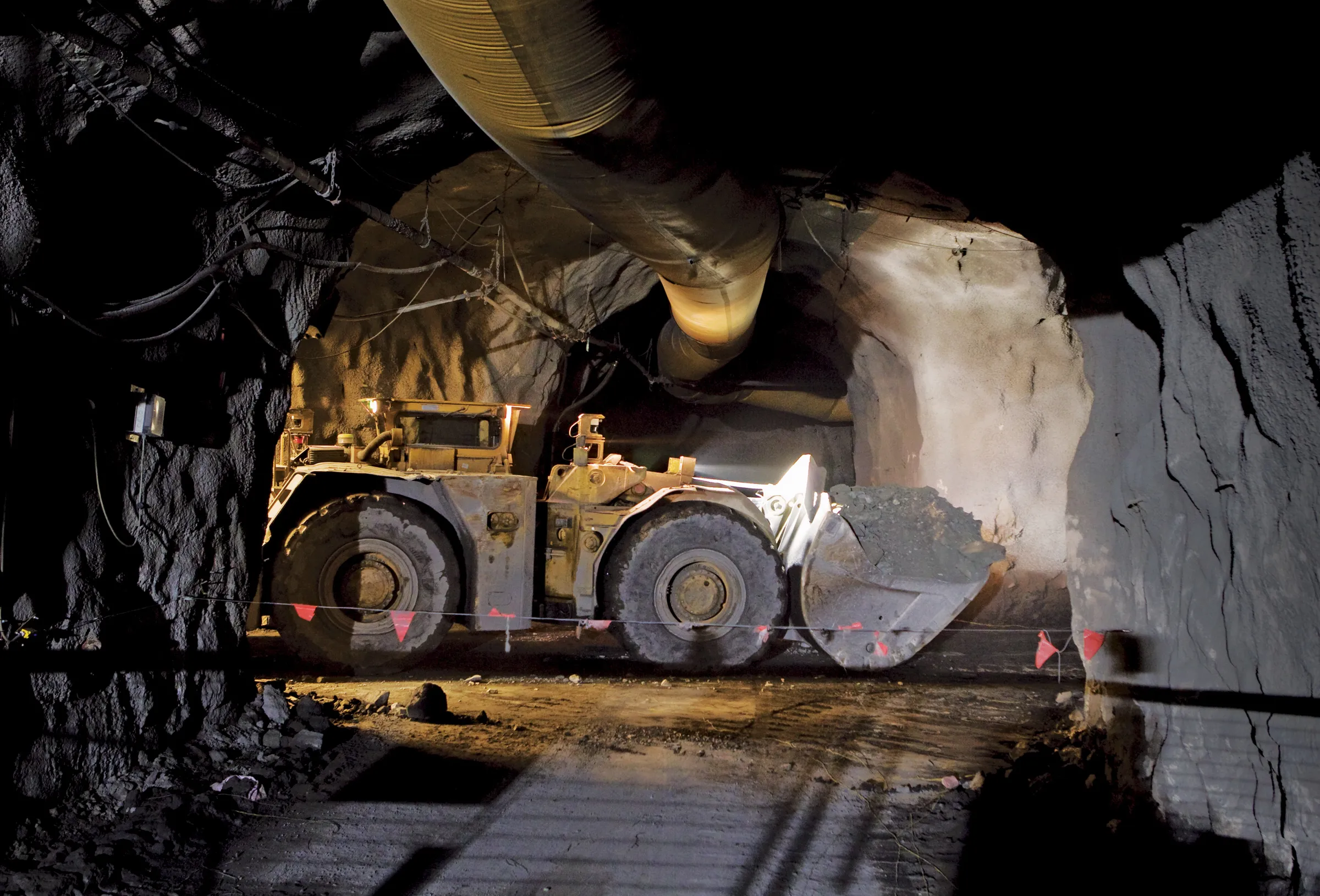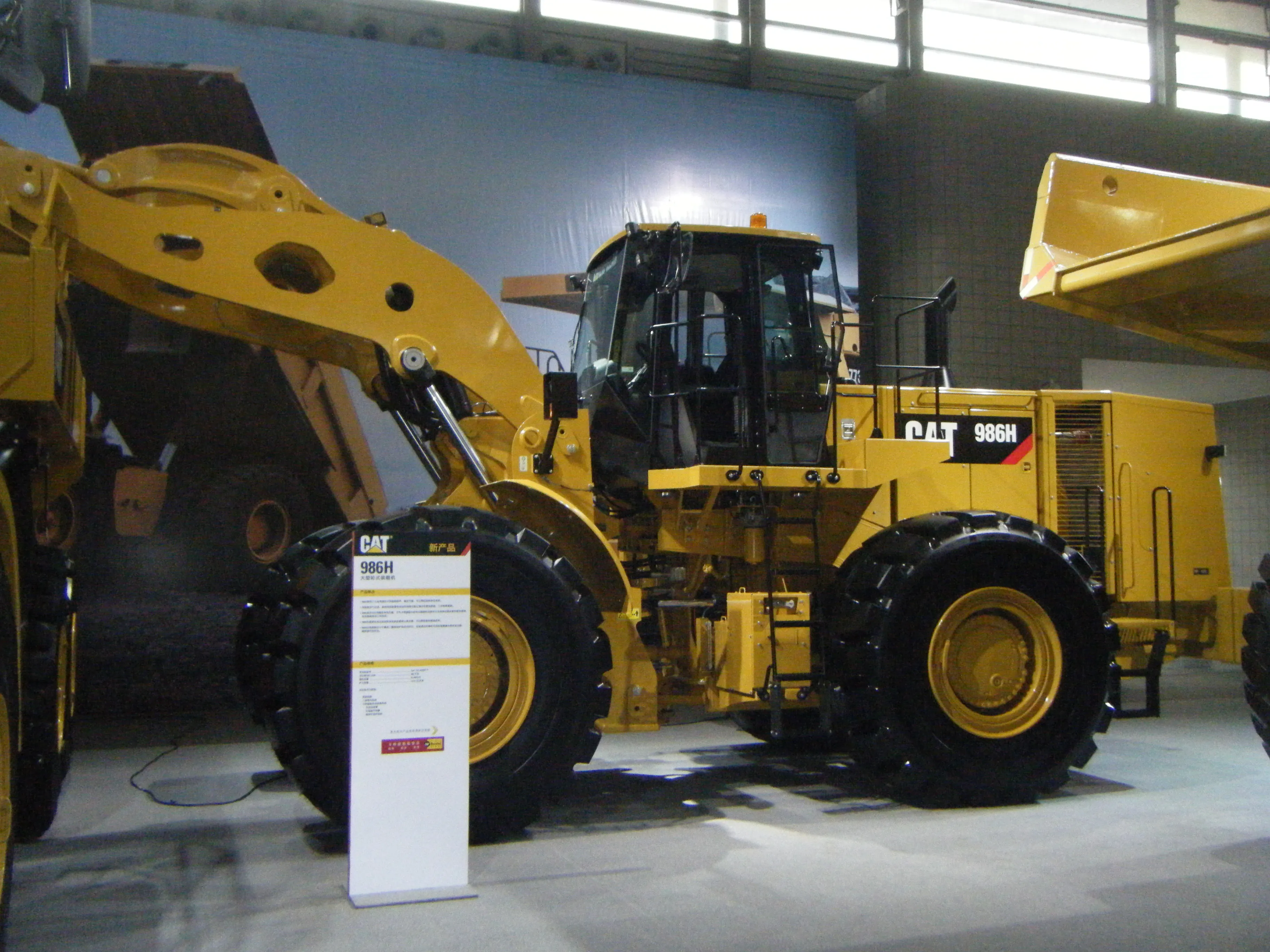A new team has been established by the US-based Association of Equipment Manufacturers (AEM) to ensure telematics technologies being offered by different firms will be compatible. The telematics task force is providing the AEM members with a comprehensive industry response to end-user requests for a standard machine data interface. The team is working to reach a consensus on an industry telematics data standard that will enable equipment manufacturers to support the needs of contractors, rental houses and d
July 1, 2013
Read time: 2 mins
A new team has been established by the US-based Association of Equipment Manufacturers (AEM) to ensure telematics technologies being offered by different firms will be compatible. The telematics task force is providing the AEM members with a comprehensive industry response to end-user requests for a standard machine data interface. The team is working to reach a consensus on an industry telematics data standard that will enable equipment manufacturers to support the needs of contractors, rental houses and distribution. This is a key issue for customers running fleets of machines comprising equipment from different manufacturers. Compatibility will allow customers to use the same system to monitor the performance of all the different machines in a fleet. The telematics team has been working on a confidential survey to determine which level or types of data they are willing to pass on to end-users. At the same time, AEM has partnered with the Association of Equipment Management Professionals (AEMP) to find out what types of data end-users want. Major manufacturers such as Case, Caterpillar, Hitachi, Hyundai, Komatsu and Volvo CE all offer different telematics systems. But at present, the quantity of data that can be viewed in one machine using a different manufacturer’s telematics system is limited and there is widespread recognitions amongst the manufacturers that compatibility will be of benefit for the industry. Isidoro Arosemena, equipment management solutions manager from Caterpillar’s EAME region said, “There have been some advances in standardising the supply of data from different machines. Our system can download basic data such as working hours or oil and fuel usage from non-Cat machines. There will be more in the future when agreements have been reached with other manufacturers.”







